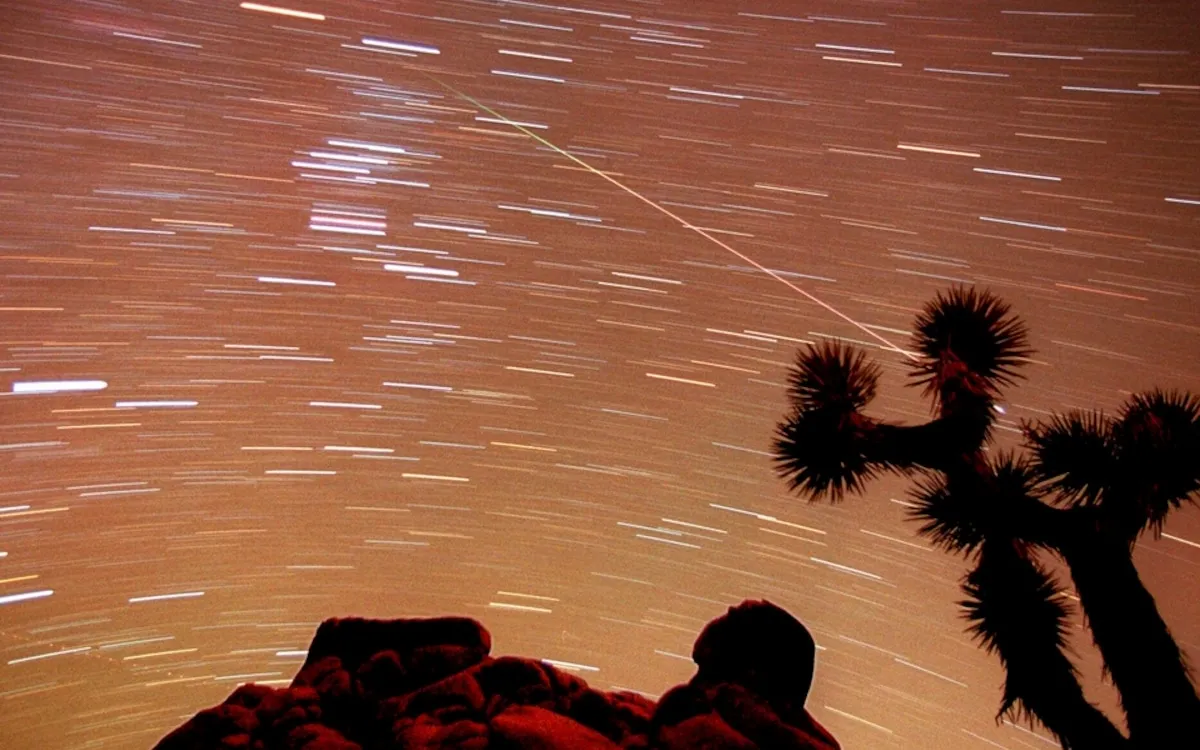
Halley’s Comet swings near Earth approximately every 75 years. However, the debris left in its wake creates spectacular meteor showers, including the renowned Eta Aquarids. Last seen in 1986, Halley’s Comet contributes to two significant meteor showers each year. According to Shauna Edson from the Smithsonian’s National Air and Space Museum, when the Eta Aquarids light up the night sky, “you’ll know that Earth is crossing the path of the most famous comet.”
The Eta Aquarids are characterized by their speed, described by NASA’s Bill Cooke as “pretty fast meteors.” During the peak viewing period on Tuesday morning, stargazers can expect to see between 10 to 15 meteors per hour under ideal viewing conditions. However, it’s important to note that the moon will be nearly two-thirds full, which may hinder visibility. Space.com highlights that this meteor shower is “among the top 10 meteor showers appearing annually.” Viewing opportunities for the Eta Aquarids will last until May 28.
So, what exactly is a meteor shower? As Earth orbits the sun, it occasionally crosses through debris left by comets and asteroids. The Eta Aquarids specifically originate from the remnants of Halley’s Comet. As these fast-moving space rocks enter Earth’s atmosphere, they encounter air resistance, which causes them to heat up and ultimately burn up. This process creates a brief glow in the surrounding air, resulting in the spectacular display of “shooting stars.” Fortunately, you don’t need specialized equipment to enjoy these natural wonders; simply find a location away from city lights for the best experience.
The optimal time to watch a meteor shower is during the early predawn hours when the moon is low in the sky. Competing sources of light, such as a bright moon or artificial lighting, can obstruct your view of the meteors. For the best experience, aim for cloudless nights when the moon is at its smallest phase. Additionally, remember to keep your gaze upward rather than down at your phone; your eyes will adapt better to the darkness, making it easier to spot shooting stars.
After the Eta Aquarids, the next major meteor shower to look out for is the Southern Delta Aquarids, which peaks in late July. Mark your calendars for this celestial event!
The Associated Press Health and Science Department receives support from the Howard Hughes Medical Institute’s Science and Educational Media Group. The AP is solely responsible for all content.